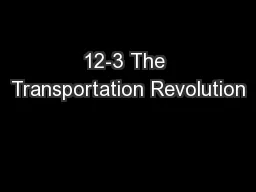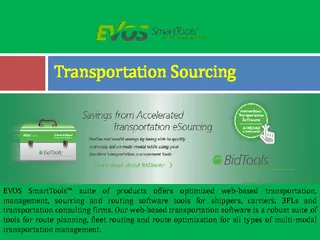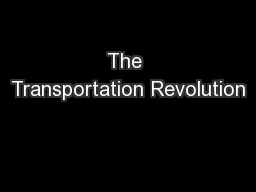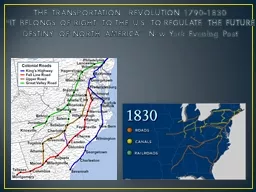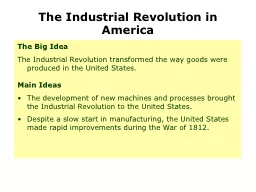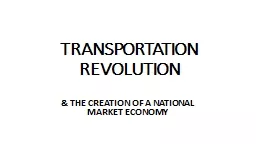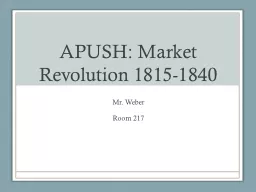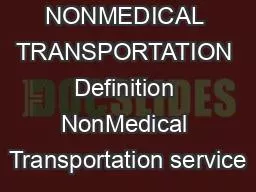PPT-12-3 The Transportation Revolution
Author : natalia-silvester | Published Date : 2017-09-06
The Transportation Revolution affected trade and daily life The 1800s gave rise to a Transportation Revolution a period of rapid growth in new means of transportation
Presentation Embed Code
Download Presentation
Download Presentation The PPT/PDF document "12-3 The Transportation Revolution" is the property of its rightful owner. Permission is granted to download and print the materials on this website for personal, non-commercial use only, and to display it on your personal computer provided you do not modify the materials and that you retain all copyright notices contained in the materials. By downloading content from our website, you accept the terms of this agreement.
12-3 The Transportation Revolution: Transcript
Download Rules Of Document
"12-3 The Transportation Revolution"The content belongs to its owner. You may download and print it for personal use, without modification, and keep all copyright notices. By downloading, you agree to these terms.
Related Documents

